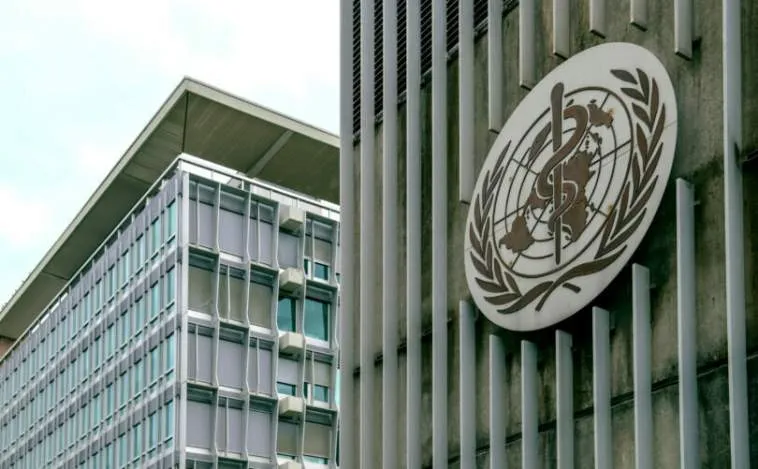(LifeSite) I have been working in the public health sector for over 30 years. This includes a fellowship at Harvard and numerous other courses on bioethics. In all that time, there has been one clear message: for the emotional and physical wellbeing of the public, the government and public health must not incite fear without cause, and that to do so is unethical and immoral, akin to yelling “fire” or “active shooter” in a crowded movie theater. That public trust requires transparency and truth telling on the part of public health officials and government.
The CDC codifies this basic premise in their public health risk communication statement:
Be first, be right, be credible. That’s the mantra for crisis communication. Health communicators, whenever a crisis occurs, always be prepared to provide information to help people make the best possible decisions for their health and well-being. [Emphasis added]
In 2018, the World Health Organization came up with the idea of “Disease X,” which is a placeholder for a disease that could be a potential cause of a future major epidemic or a pandemic. The original idea being that planning for an (imaginary) “Disease X” would allow for scientists, public health officials, and physicians to design the best possible practices for a future epidemic or pandemic. They then formally added “Disease X” (an imaginary disease) to the top priority list of pathogens.
The idea behind Disease X was later weaponized to create a fog of fear in the public as well as governments. The weaponization started with COVID-19 communications. In a 2021 study, it was found that the “the only predictor of behavior change during COVID-19 was fear.” Despite their finding that such fear was related to a decrease in both emotional and physical wellbeing, the authors concluded that using fear to drive the public into compliance was the only path forward for public health. The authors write:
However, fear of COVID-19 was related to decreased physical and environmental wellbeing. Overall, these results suggest that ‘fear’ and anxiety at the current time have a functional role, and are related to increased compliance for improving public wellbeing.
‘Damn the torpedoes full steam ahead’
Without further questioning of the basic ethics behind using fear to drive compliance, this logic then became the consensus of public health officials and governments throughout the world. That being that the use of fear to get compliance for vaccines and vaccine mandates, vaccine passports, masking, lockdowns, social distancing, school closures, etc., was acceptable in the name of public health. That the decreased emotional and physical wellbeing of the general public by the promotion of fear tactics was an acceptable side effect.
Exit COVID-19… stage left. Enter ‘Disease X’… stage right
And just like that, “Disease X” has been substituted for COVID-19.
Without any qualms whatsoever, The World Health Organization (WHO) has gone from launching a global scientific process using Disease X as a model, to using “Disease X” as a propaganda driver to drive fear of an imaginary infectious disease. Then to use that fear to get public and governmental compliance for a new pandemic treaty, and more money for the WHO. Such weaponized fear (fearporn) also has been found to elicit more public compliance for public health measures, such as masking, social distancing, vaccines, and lockdowns.
The gradual shift was subtle. In April 2023, the WHO wrote:






